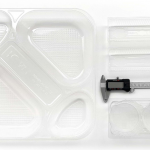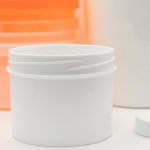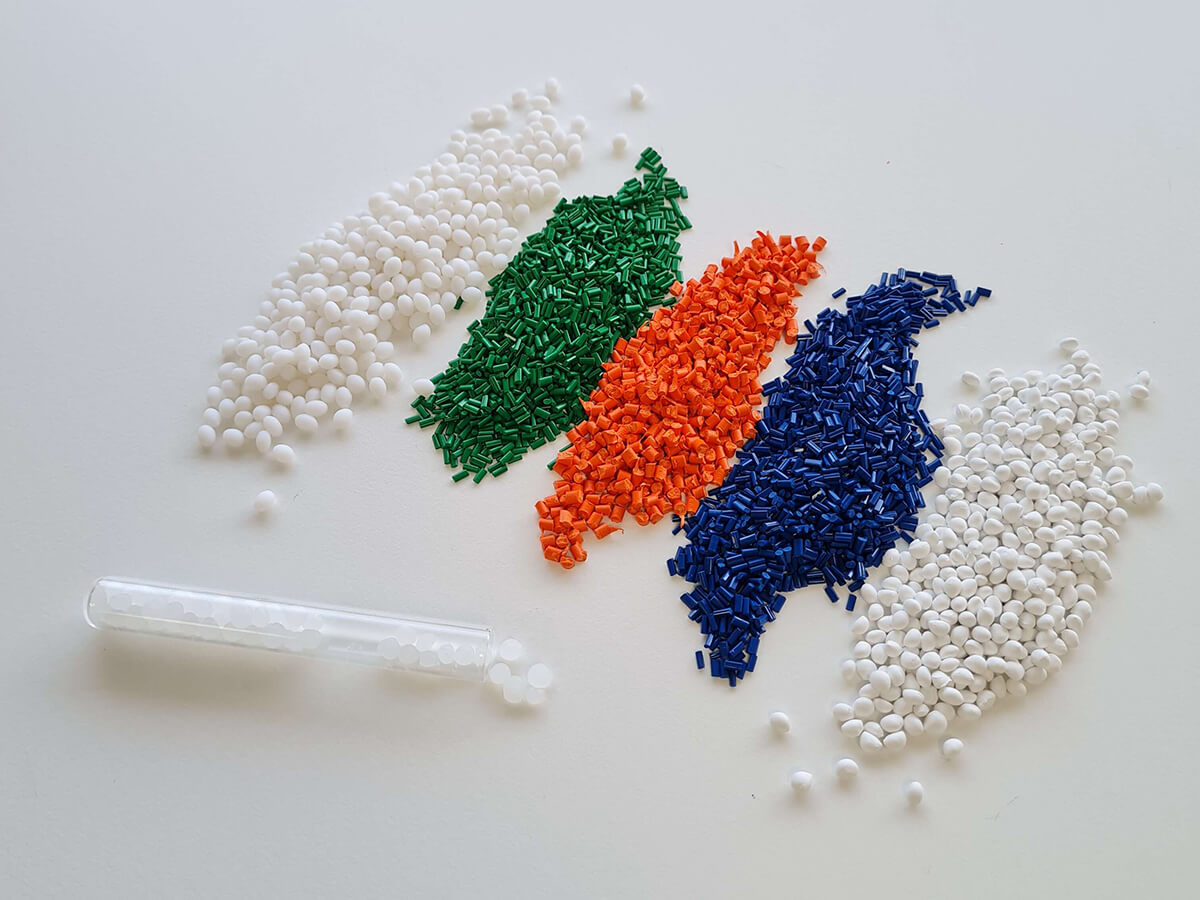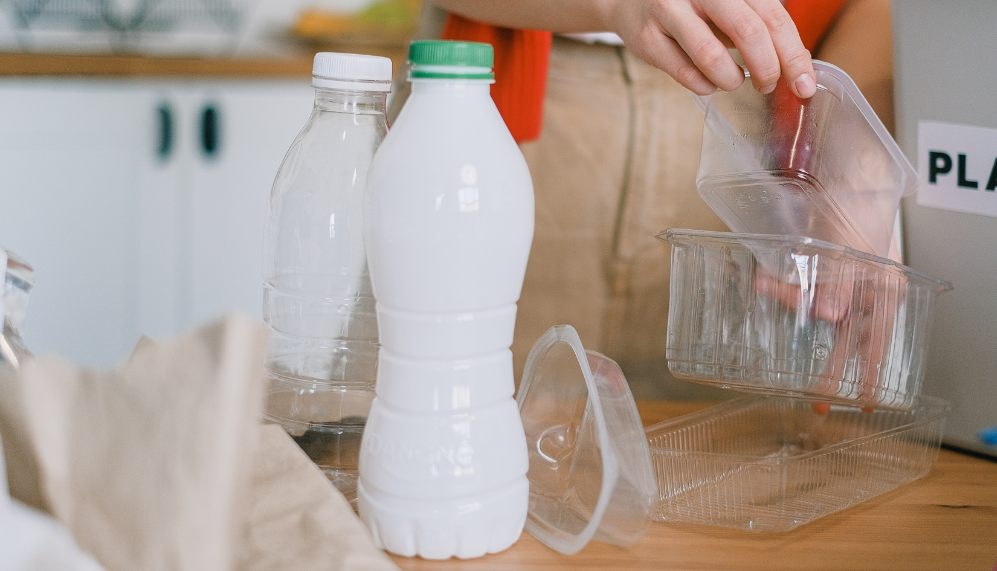
Everything you need to know about biodegradable food containers
The defense of a more sustainable model is a movement that we see growing day by day in our society. New trends indicate that consumers are giving more and more importance to the need to use biodegradable food packaging. These containers seek to ensure the correct and safe handling, transportation and preservation of food until it is purchased and consumed by the consumer. In this article you will learn about the main characteristics of biodegradable food packaging and its advantages for the food industry.
The use of plastic in the packaging sector is vital when it comes to the food industry. This is because plastic adequately protects food from impacts as well as from the natural process of oxidation and microbial degradation.
Traditional packaging, made of conventional plastic, has many positive factors as it achieves physical and durability properties that preserve perishable and fresh foods such as meat, fish or vegetables.
However, the material from which these plastic containers are made comes from petroleum, a non-renewable resource. In addition, once used, the durability of these containers become a long-lasting and persistent waste for many years in the environment when not properly collected and managed.
In the face of this problem caused by plastic packaging waste, measures are beginning to be taken to promote the use of biodegradable materials, thus increasing the use of environmentally friendly food packaging.
You might be interested in: The role of plastics in the Circular Economy
Concern for sustainability is a movement that we see growing day by day in our society and that has become a way of life which prioritizes the care of nature and the responsible consumption of resources.
New trends indicate that consumers are willing to pay a premium price for biodegradable packaging and are placing increasing importance on the need for biodegradable food packaging.
It is clear that consumers are increasingly concerned about the accumulation of plastic waste in the environment. It is estimated that plastics accounts for 20% of the total volume of municipal waste deposited in landfills. Furthermore, most of this waste is packaging designed for the food industry.
What is biodegradable and environmentally friendly packaging?
Biodegradable packaging is packaging that can be composed by the action of biological agents such as water, sun and other microorganisms without leaving any microplastics in our nature.
Biodegradable food packaging degrades under environmental conditions without generating waste. However, this is a process that can take years and there are no regulations governing the maximum time it can take for this type of packaging to be considered biodegradable.
In contrast to packaging made of biodegradable material, we can find compostable packaging. This type of packaging becomes compost once it has been used and disposed of at the appropriate place: the brown container along with the rest of the organic waste.
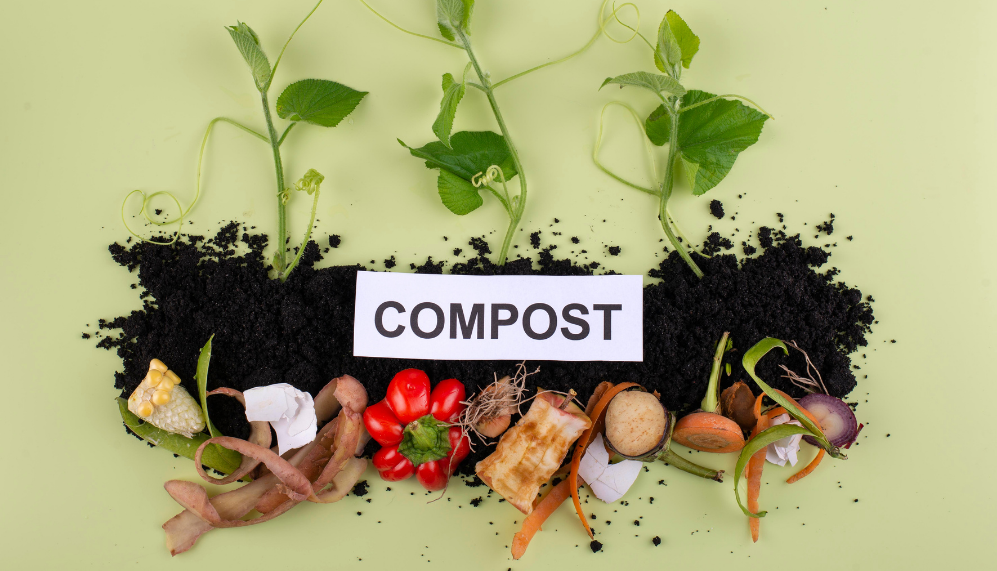
Au contraire to biodegradable packaging, compostable packaging must comply with the requirements of the UNE EN-13432 standard , which establishes a series of more demanding requirements, such as that the ecological packaging must convert at least 90% of its contents into compost, CO2 and water in just 6 months.
Using biodegradable packaging for food products
Nowadays, we can find on supermarket shelves more and more environmentally friendly packaging that seeks to be part of a production model based on the circular economy.
These biodegradable food containers seek to guarantee the correct and safe handling, transportation and preservation of food until it is purchased and consumed by the consumer.
- We recommend this article: Compostable bottles, why use them?
Composition: biodegradable and bio-based materials
There are different types of environmentally friendly plastics. They can be classified according to their origin (whether or not they come from vegetable sources) and whether or not they have compostable conditions.
Some of the most frequently seen biodegradable food packaging are made of biodegradable materials, bio-based materials or both.
These material are totally different from conventional plastic packaging as their impact on the environment is inferior. Packaging made from these bioplastics contribute to the circular economy, since at the end of their useful life they are converted into ferlitizer, Co2 and water.
When we want to define what bioplastics or biodegradable plastics for food are, it is important to highlight that the biodegradability of the material depends on the chemical structure of the material and not on its origin. In other words, not all polymers of plant origin (such as potato starch or sugar cane) are biodegradable. On the other hand, there are polymers of fossil origin that are biodegradable.
Bioplastics include both groups:
- Polymers whose origin is a source of plant origin
- Polymers that comply with the UNE EN-13432 biodegradation and composting standard, regardless of their origin.
According to the Spanish Association of Compostable Biodegradable Plastics (ASOBIOCOM), these are som types:
Según la Asociación Española de Plásticos Biodegradables Compostables (ASOBIOCOM), estos son algunos tipos:
Biodegradable and bio-based plastics:
- Polylactic Acid (PLA)
- Starch mixtures
- Polyhydroxyalkanoates (PHA)
Biodegradable plastics of fossil origin:
- Polybutylene teraphthalate adipate (PBAT)
- Polybutylene succinate (PBS)
- Polycaprolactone (PCL)
If you want to know more, check out the most frequently asked questions about bioplastics!
Most commonly used biodegradable materials in the catering industry
One of the sectors where biodegradable materials can provide great added value is in the food and hospitality industry. This is due to the fact that most of the packaging found in these industries are single-used items: cutlery, take-away food, packaging of food preparations, etc.
These materials are primarily made from PLA. PLA or polylactic acid is a transparent bioplastic that is generally made from corn sugars and natural amino acids from plants.

The manufacture of biodegradable food packaging with this compostable material does not require the use of petroleum and does not generate plastic waste due to its compostability.
However, the difficulties in the processability of the material and the number of requirements needed for this type of material make the transition to compostables difficult.
At Prime Biopolymers , we develop tailor-made materials for our customers to manufacture biodegradable food packaging much more conveniently and efficiently.
Characteristics of biodegradable food containers
The main characteristic of biodegradable food packaging is that it degrades through the action of microorganisms found in the environment without leaving residues that are harmful to nature, in other words, microplastics.
However, compostable packaging has a virtue that goes even further in the line of finding a sustainable model with as a little waste as possible: it degrades completely and also becomes compost, water or CO2 for plants and soils.
Advantages of biodegradable and compostable packaging for the food industry
The use of biodegradable or compostable materials in the food industry has great advantages. Among them are the following:
- Reduced petroleum consumption: since most of the oil used in the manufacture of this type of food packaging comes from plant-based sources, no fossil-based materials are consumed.
- Promoting the circular economy: by using compostable materials of plant origin that are subsequently turned into compost, we achieve a complete and infinite circular economy process. What comes out of the earth, goes back into the earth.
- Compliance with laws and regulations: there are more and more regulations on this matter, including European regulations such as 2030.
Tips for food preservation in biodegradable packaging
Compostable materials have certain limitations, such as the biodegradability of the packaging and lower resistance to high temperatures.
Therefore, this type of packaging is ideal for fresh, organic and perishable foods. Thus, these limitations do not affect the date or method of consumption of the food inside.
This type of material can approximately withstand a maximum of 45-50°C and it is not recommended to microwave biodegradable food packaging unless it is suitable for high temperatures. An example of a suitable application for our ZIMIA grades could be ready-to-eat food trays, single-use beer cups, or fruit and vegetable trays.






